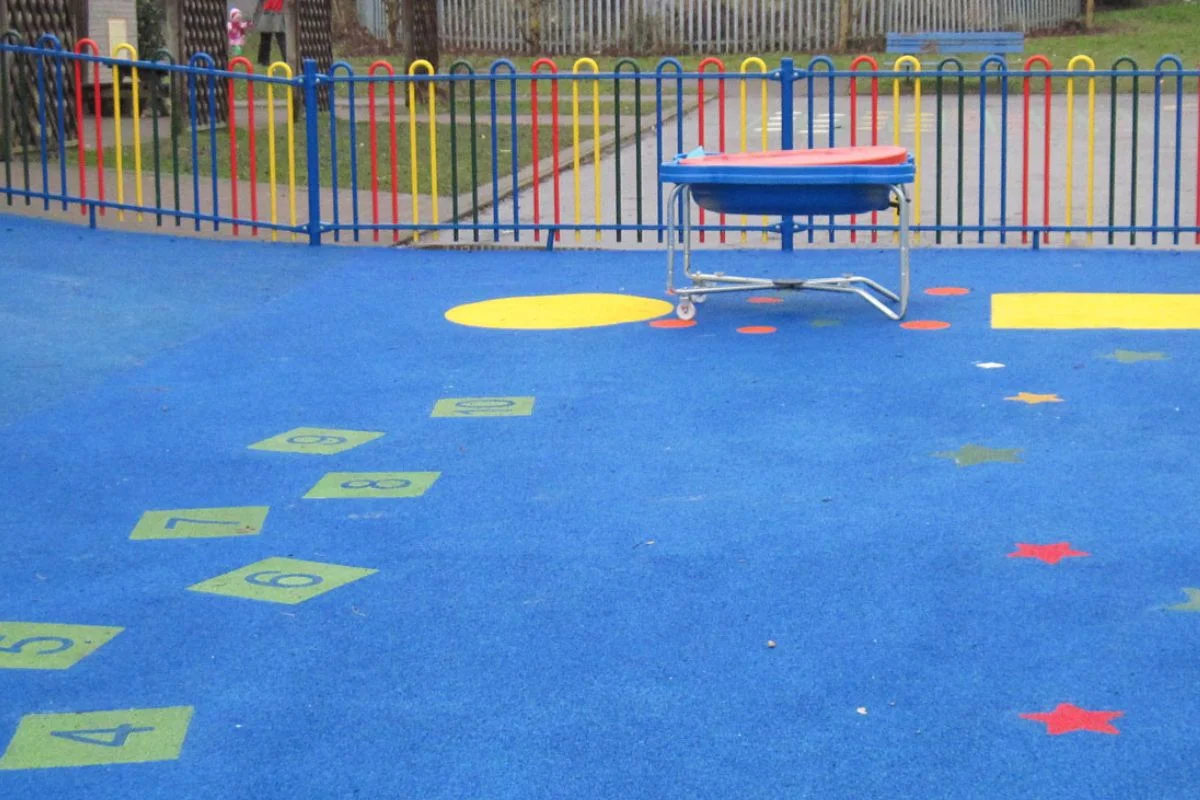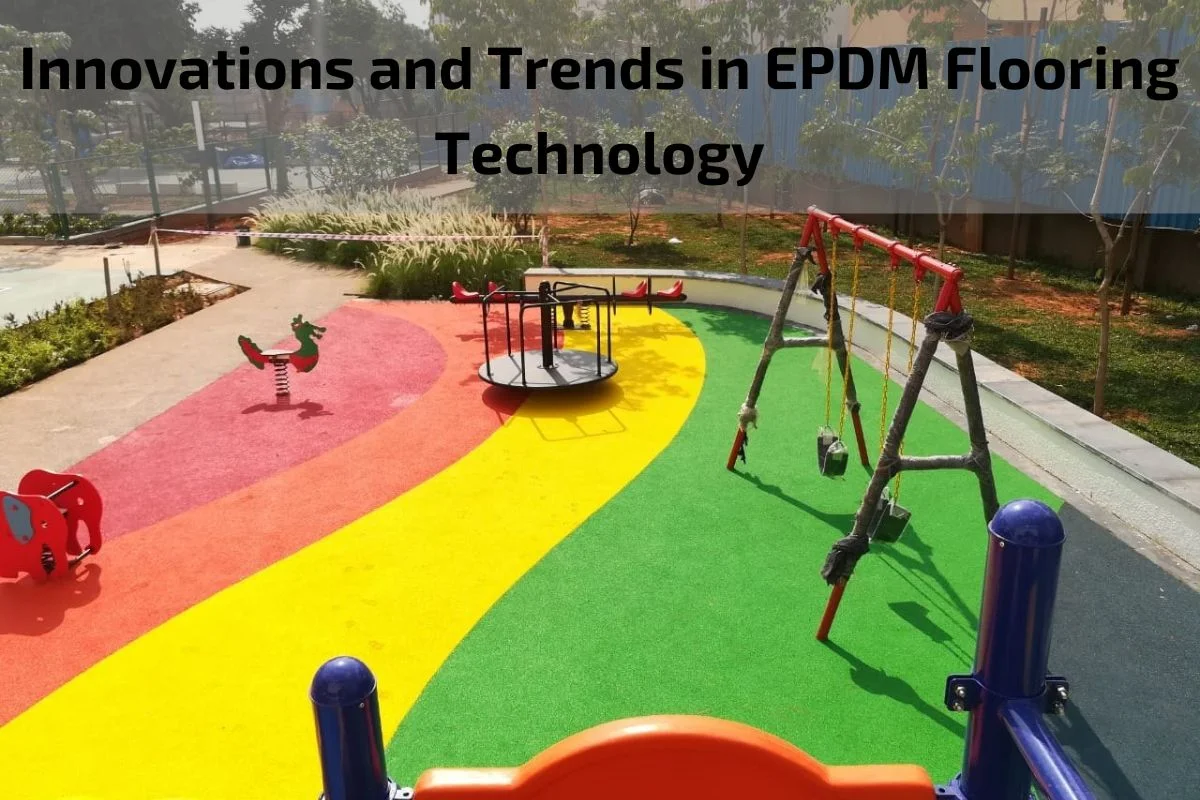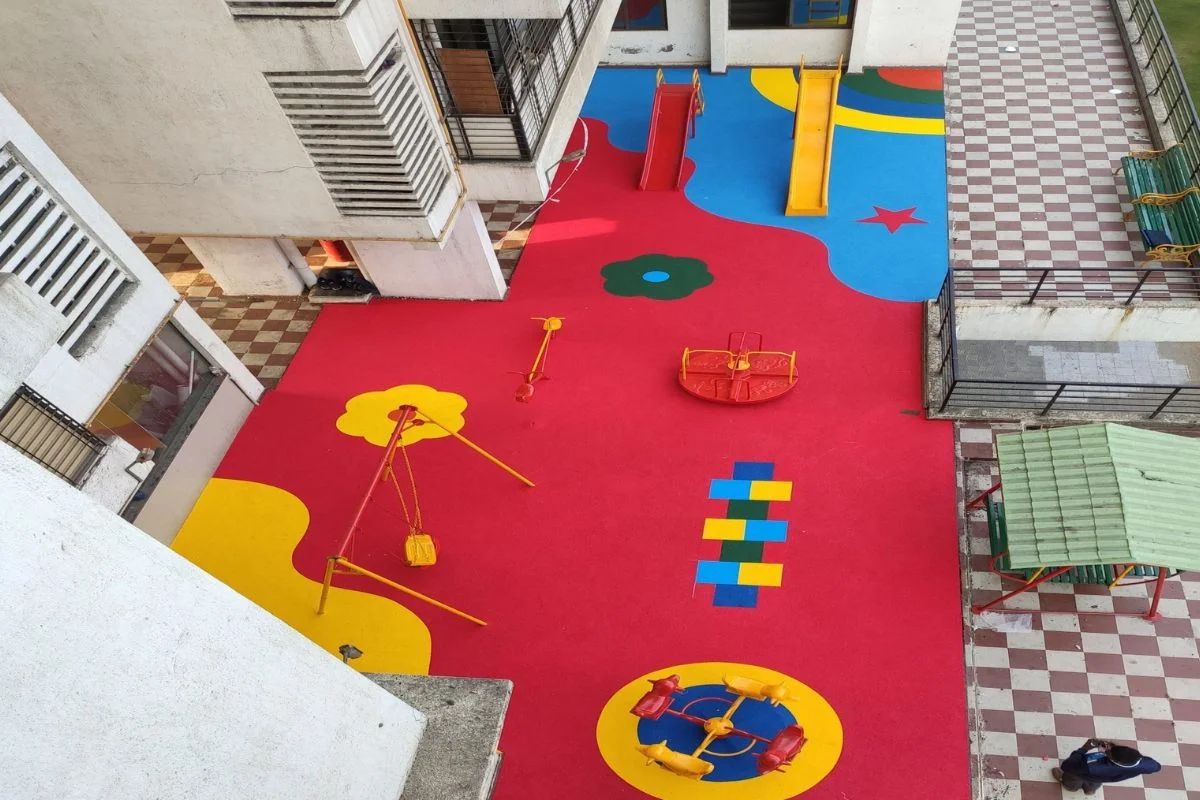Innovations and Trends in EPDM Flooring Technology
In the ever-evolving landscape of flooring technology, EPDM (Ethylene Propylene Diene Monomer) flooring stands out as a versatile and durable solution for a wide range of applications. With its exceptional resilience, weather resistance, and aesthetic versatility, EPDM flooring has become a popular choice in both commercial and residential settings. However, the innovation in EPDM flooring technology continues to push boundaries, introducing new trends and advancements that redefine its capabilities and applications.
In this article, we delve into the latest innovations and trends in EPDM flooring technology, exploring how manufacturers and designers are pushing the boundaries of creativity, sustainability, and performance. From cutting-edge installation techniques to eco-friendly materials and customizable designs, the world of EPDM flooring is undergoing a dynamic transformation, offering new possibilities for architects, designers, and property owners alike.
Definition and Overview of EPDM Flooring
EPDM (Ethylene Propylene Diene Monomer) flooring is a type of synthetic rubber flooring known for its exceptional durability, versatility, and resilience. It is composed of a mixture of ethylene, propylene, and diene monomers, which are polymerized to create a robust and flexible material suitable for various applications.
EPDM flooring is commonly used in both commercial and residential settings due to its numerous advantageous properties. It is available in various forms, including sheets, tiles, and poured-in-place applications, allowing for flexibility in design and installation.
One of the defining features of EPDM flooring is its outstanding weather resistance. It can withstand exposure to UV radiation, extreme temperatures, moisture, and chemicals without deteriorating or losing its integrity. This makes it particularly suitable for outdoor use in areas such as playgrounds, sports facilities, and rooftop terraces.
Moreover, EPDM flooring offers excellent shock absorption and slip resistance, making it a safe and comfortable flooring option for high-traffic areas. It provides a cushioned surface that reduces the risk of injuries from falls and impacts, making it ideal for environments where safety is paramount.
EPDM flooring is also known for its low maintenance requirements. It is easy to clean and maintain, requiring minimal effort to keep it looking its best. With proper care, EPDM flooring can maintain its appearance and performance for many years, making it a cost-effective choice for long-term flooring solutions.

EPDM flooring offers numerous advantages that make it a popular choice for various applications. However, like any flooring material, it also has certain disadvantages that should be considered. Let’s explore both the advantages and disadvantages of EPDM flooring:
Advantages:
- Durability: EPDM flooring is highly durable and can withstand heavy foot traffic, impacts, and harsh weather conditions without deteriorating. It is resistant to UV radiation, ozone, and extreme temperatures, making it suitable for outdoor use.
- Weather Resistance: EPDM flooring is highly resistant to moisture, heat, and cold, making it ideal for outdoor applications such as playgrounds, athletic tracks, and rooftop terraces. It maintains its integrity and appearance even in harsh weather conditions.
- Low Maintenance: EPDM flooring is easy to clean and maintain. It requires minimal maintenance and can be kept looking its best with regular sweeping and occasional mopping with mild detergent and water.
- Slip Resistance: EPDM flooring provides excellent slip resistance, even when wet. Its textured surface enhances traction and reduces the risk of slips and falls, making it a safe option for high-traffic areas.
- Eco-Friendly: EPDM flooring is considered environmentally friendly as it is made from recycled materials and can be recycled at the end of its lifespan. It is also energy-efficient and helps reduce the urban heat island effect in outdoor environments.
Disadvantages:
- Limited Aesthetic Options: While EPDM flooring is available in a variety of colors, it may not offer as many design options as other flooring materials such as ceramic tiles or hardwood floors. This limitation may restrict design flexibility in certain applications.
- Initial Cost: The initial cost of EPDM flooring may be higher compared to some other flooring materials. However, its long-term durability and low maintenance requirements often offset the initial investment over time.
- Installation Complexity: The installation of EPDM flooring can be more complex compared to some other flooring materials, especially for large or irregularly shaped areas. Proper installation techniques and adhesives are required to ensure a seamless and long-lasting finish.
Types of EPDM Flooring
EPDM flooring is available in various forms, each offering unique characteristics and suitability for different applications. The types of EPDM flooring include:
- Sheet EPDM: Sheet EPDM is one of the most common forms of EPDM flooring. It comes in large rolls or sheets and is typically used for larger, uninterrupted areas such as gymnasiums, sports facilities, and commercial spaces. Sheet EPDM provides a seamless and uniform surface, reducing the risk of water infiltration and making it easy to clean and maintain.
- EPDM Tiles: EPDM tiles are smaller modular units that can be interlocked to create customizable patterns and designs. EPDM tiles are available in a variety of colors and thicknesses, allowing for flexibility in design and installation. They are often used in playgrounds, outdoor recreational areas, and landscaping projects due to their durability and slip-resistant properties.
- Poured-in-Place EPDM: Poured-in-place EPDM flooring involves mixing liquid EPDM rubber with a binder and pouring it directly onto the substrate to create a seamless and resilient surface. This type of EPDM flooring is highly customizable and can be applied to irregularly shaped areas or surfaces with intricate designs. Poured-in-place EPDM is commonly used in playgrounds, water parks, and splash pads due to its shock-absorbing properties and safety features
Maintenance Tips for EPDM Flooring
Proper maintenance is essential to ensure the longevity and performance of EPDM flooring. Here are some maintenance tips to keep your EPDM flooring in optimal condition:
- Regular Cleaning: Sweep or vacuum the EPDM flooring regularly to remove dirt, dust, and debris. Use a soft-bristled broom or vacuum cleaner with a brush attachment to avoid scratching the surface.
- Gentle Cleaning Solutions: For routine cleaning, use a mild detergent or pH-neutral cleaner diluted in water. Avoid harsh chemicals, abrasive cleaners, or solvents, as they can damage the surface of the EPDM flooring.
- Spot Cleaning: Promptly clean up spills and stains to prevent them from setting into the flooring. Use a damp cloth or sponge to blot the affected area, then clean it with a mild detergent solution. Avoid scrubbing vigorously, as it can damage the surface.
- Avoid Sharp Objects: Avoid dragging heavy furniture or sharp objects across the EPDM flooring, as they can cause scratches or gouges. Use furniture pads or protective mats to prevent damage to the flooring surface.
- Remove Standing Water: Remove any standing water from the EPDM flooring surface promptly to prevent moisture damage and mold growth. Use a wet vacuum or mop to absorb excess water and allow the surface to dry thoroughly.
- Periodic Inspections: Periodically inspect the EPDM flooring for signs of damage, wear, or deterioration. Look for cracks, tears, or areas where the surface may have lifted or separated. Address any issues promptly to prevent further damage.
- Preventive Maintenance: Consider applying a protective coating or sealer to the EPDM flooring surface to enhance its durability and resistance to stains and wear. Consult with a professional installer or manufacturer for recommendations on suitable sealants.
- Professional Maintenance: For deep cleaning or maintenance tasks beyond routine care, consider hiring a professional cleaning service experienced in working with EPDM flooring. They can use specialized equipment and techniques to restore the flooring’s appearance and performance.
Conclusion
In conclusion, EPDM flooring stands out as a versatile and durable flooring option suitable for a wide range of applications, both indoors and outdoors. Its exceptional durability, weather resistance, and low maintenance requirements make it a popular choice for commercial, residential, and recreational spaces alike.




0 comments